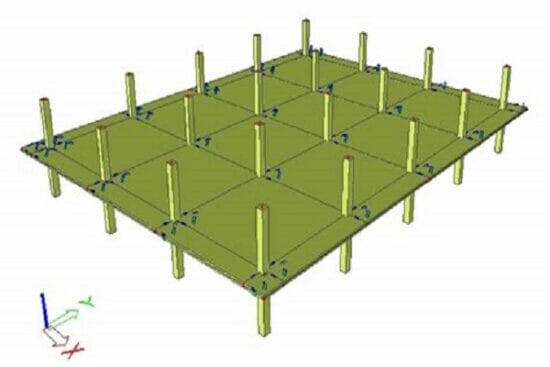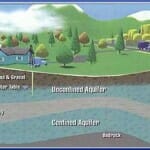2.7
No data found for Custom Course Number
No data found for Custom Course Units
Intended Audience: Civil & Structure Engineers
Credits: 2 PDH Units
When: Thursday 6/10. 2 - 4 pm EST
The webinar offers the basics and beyond the basics, required to efficiently design and detail post-tensioning floors systems and understand the construction techniques. The webinar covers various topics including step-by-step design of post-tensioned concrete floors, code applications, diaphragm design, estimating deflections, modeling and software and good detailing practices.
Date: Thursday. June 10. Starts: 2 - 4 pm EST Credits: 2 PDH Units
Learning Objectives:
At the successful conclusion of this webinar, you will learn the following knowledge and skills:- Understand the basic concepts and methodology of Post-Tensioning (PT)
- Code guidelines on PT design and construction
- Learn the procedure for flexural and shear design of posttensioned beams and slabs
- Understand the causes of cracking in PT structures and explore methods to mitigate their effects
- Discuss the practical considerations/ field issues as applied to PT structures
- Understand Post-Tensioning in Multi-story buildings
- Computer applications and exploring available computer software packages for PT Design.
Special Webinar Instructions
After payment, please visit this webinar page, click "Start Course" and fill out the Webinar Registration Form. You'll receive email notification and details on how to join the webinar. You will then be able to access the webinar slides, test your system and receive webinar reminders. After completing the webinar requirements, your certificate of completion will be saved and available for download in your profile. We value your feedback! Please rate this webinar after completion.Group Discounts Available
Course Reviews
2.7
2.7
3 ratings - 5 stars0
- 4 stars0
- 3 stars2
- 2 stars1
- 1 stars0
Once completed, your order and certificate of completion will be available in your profile when you’re logged in to the site.
Ethics Courses
Webinar No: WBNR 1160
No PDH Units found for Post ID:











I understand that there is a second part to the seminar. All the objectives were not covered during the seminar. When will the second part will be presented?
The content of the course met expectations. The presenter’s knowledge of the subject was not fully taken advantage of for the benefit of the participants because, for the most part, the presentation content was simply reading aloud what was written on the slides.
This first 40-50 min of this course involved with basic concepts that I already understood, having never taken a PT course or designed a PT structure. This information is important for establishing a groundwork however, didn’t need to take over a third of the time. After that, the slides provided a very helpful, logical progression of the design work through the calculations needed to design various aspects of PT beams, slabs, etc. However, the presentation focused too heavily on regurgitating these slides and defining terms without effectively tying these into the broader concepts they represent. For example, when discussing friction losses, he presented the formula required in order to account for them, but didn’t explain how or why the tendons lose stress from friction. Friction from where? Where do those friction losses go to? I think this presentation, its follow-up and their viewers will benefit greatly by leaving the slides and the very valuable information therein, as they are, but adding more visuals and including commentary alongside the formulas to better communicate the concepts. An example that comes to mind of this is from a wind seminar where the presenter used the analogy of an inflatable mattress alongside the code defined criteria formulas to present the broader intent of the code when it requires engineers to classify a building as open, partially open or enclosed. That said, while the presentation itself had its drawbacks, the slides and the information in them are very helpful to have.